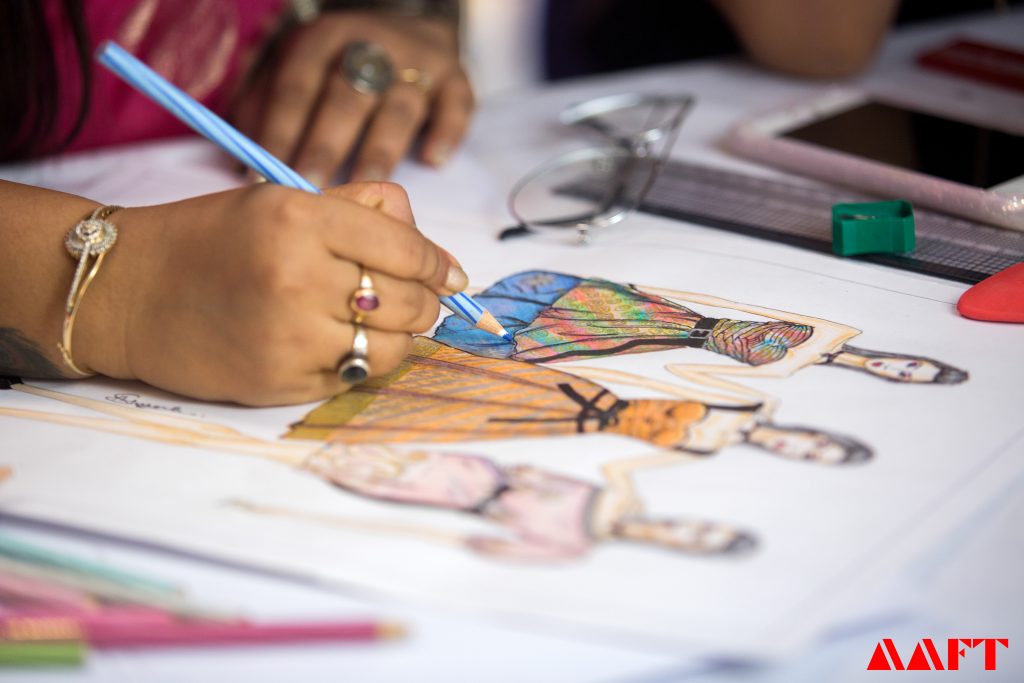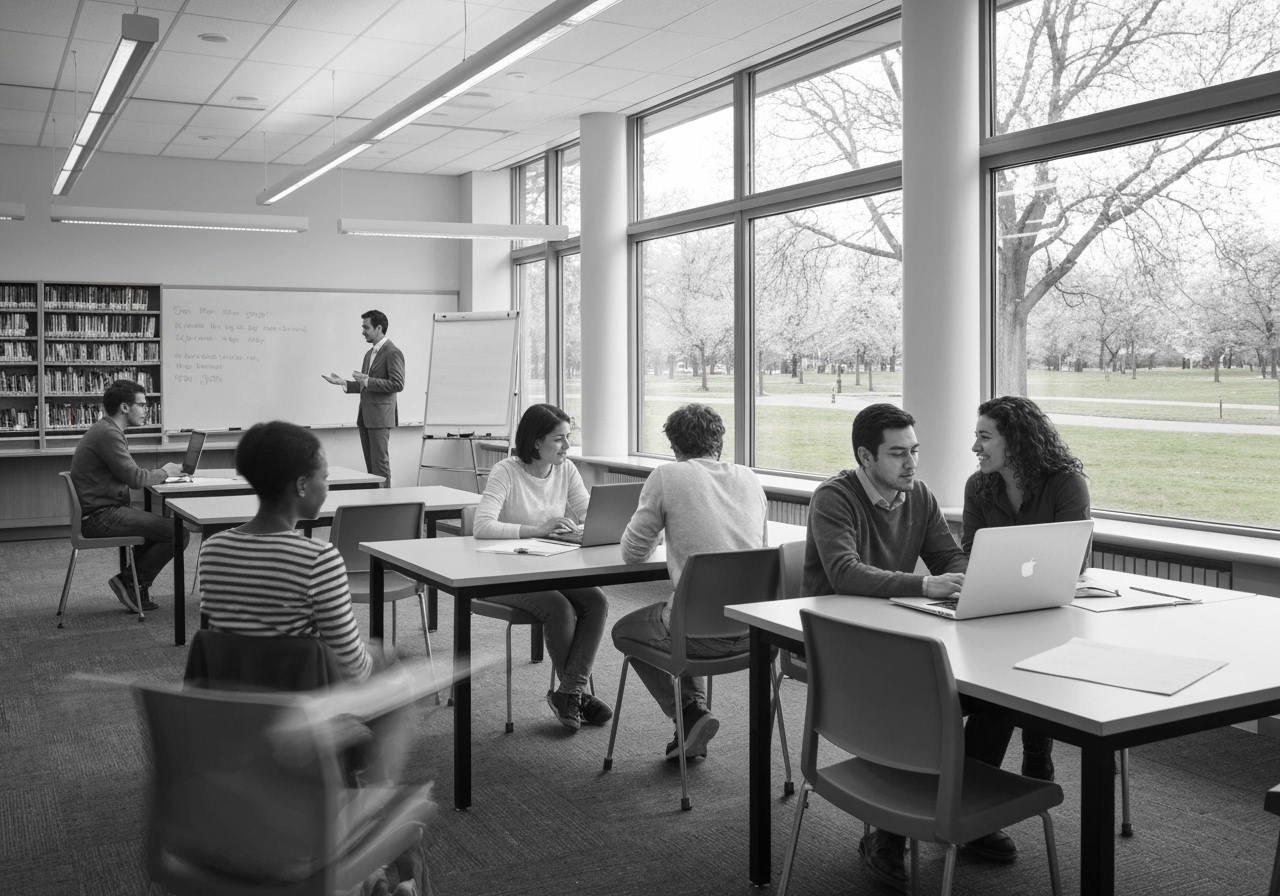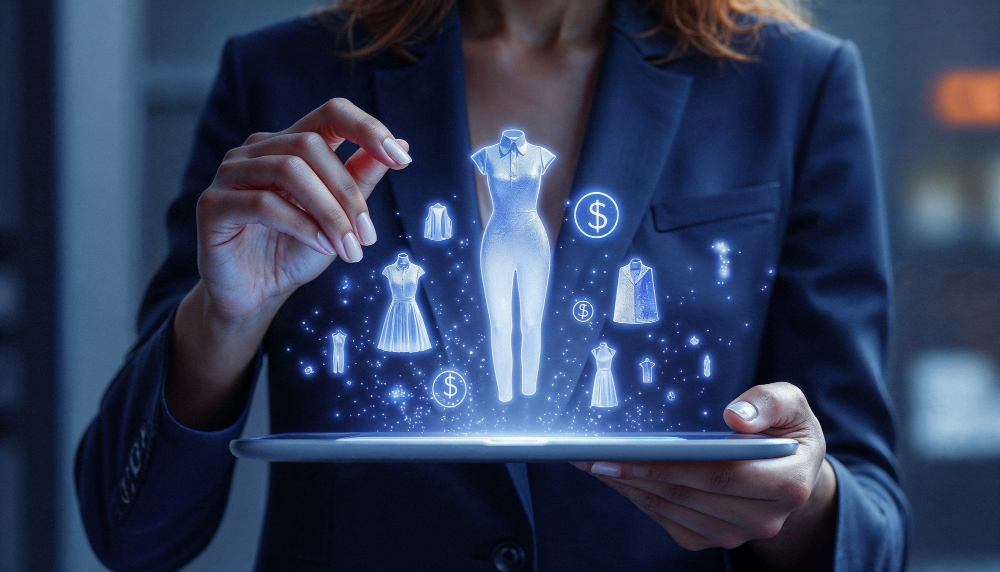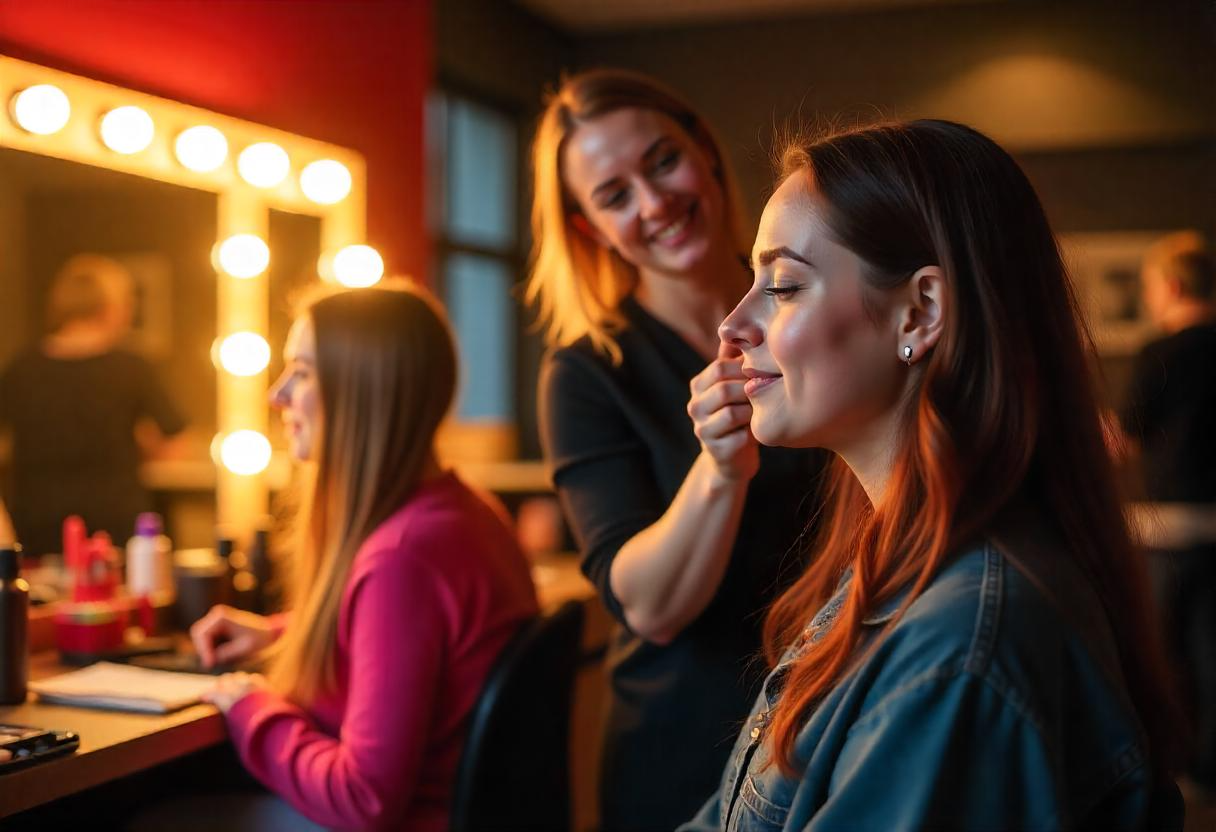How Eco-Friendly Fashion Designers Are Changing the Industry
The growing surge in environmentalism, perhaps as a means of damage control, is slowly catching up with several aspects of our ecosystem. Have you ever wondered where your trendy outfits end up once they go out of style? Tons of fabric waste, microplastics in oceans, and unethical labor practices are just some of the ugly truths behind the fast fashion industry!
Sustainability is no longer a foreign concept, and the fashion industry, known for undergoing swift and rapid changes, is gradually but surely moving towards greener practices.
The fashion industry, known for adapting and discarding styles according to trends and seasons, has been changing its approach to designing, adopting eco-friendly practices, thanks to eco-friendly fashion designers.
So, looking forward, whether you are looking to step into the world of fashion as a designer or simply want to be a conscious consumer, understanding these trends will help you cope with the future of fashion trends.
Environmental Challenges of Traditional Fashion Practice
Do you want free career counseling?
Ignite Your Ambitions- Seize the Opportunity for a Free Career Counseling Session.
- 30+ Years in Education
- 250+ Faculties
- 30K+ Alumni Network
- 10th in World Ranking
- 1000+ Celebrity
- 120+ Countries Students Enrolled
Before proceeding with how eco-friendly fashion designers are changing the industry, let us decipher how exactly traditional fashion practice (or even fast fashion) is hampering the environment.
| Challenges | Description |
| Resource Depletion | Traditional fashion relies heavily on natural resources like water, cotton, and energy. |
| Excessive Waste Generation | Fast fashion thrives on short-lived trends and mass production, leading to CO2 emissions, |
| Climate Change & Chemical Exploitation | Dyeing and finishing textiles require toxic chemicals, and synthetic fibers release microplastics, triggering climate change. |
| Non-ethical Practice | Low-cost, high-volume production often involves underpaid labor and unsafe work environments. |
Sustainability as a Solution
Now that we have gotten an understanding of the environmental toll of traditional fashion, let us explore how sustainability has emerged as the need of the hour. Sustainable or eco-friendly fashion is about making conscious choices that benefit both the planet and the community.
| Sustainable Practices | What does it involve? | How does it solve the problem |
| Eco-conscious material sourcing | Using organic cotton, hemp, bamboo, Tencel, and recycled fibers | Reduces water consumption, avoids pesticide use, and minimizes carbon footprint compared to traditional fabrics. |
| Slow Fashion Movement | Designing for longevity, quality, and seasonless styles instead of trends | Cuts down on overproduction and waste generation while promoting mindful consumption habits. |
| Ethical Labor & Fair Trade | Ensuring fair wages, safe working conditions, and transparent supply chains | Promotes social equity and human dignity, countering exploitative labor practices in fast fashion. |
| Digital Fashion & Tech Integration | Leveraging 3D design, AI forecasting, and on-demand production | Reduces overstock, optimizes resources, and supports custom, waste-free production models. |
The Rise of Sustainability: How It Came into Fashion
Over the years, a sustainable approach to fashion has grown from small, eco-friendly ideas to a massive global movement. Here is how it all started, and why it matters to you if you are planning to step into the fashion world (either as a designer, a creator, or even a consumer who wants to make smarter choices).
Book Now →
Before the 2000s
In the 1960s, the first eco-friendly movement in the industry was witnessed, as environmental activists began questioning mass production and waste in fashion. Later, around the 1980s, designers started switching to materials like organic cotton, hemp, and plant-based dyes.
By the 1990s, the industry had reached a state of awareness regarding how certain practices were impacting the environment. This laid the groundwork for small brands like People Tree and Patagonia to solidify their position in the market by promoting ethical production and fair trade.
After the 2000s
In the 21st century, the world saw the harsh reality of fast fashion through documentaries like RiverBlue and The True Cost, which highlighted the environmental impact of cheap, mass-produced fashion. Around 2010, brands began shifting their focus toward recycling and upcycling materials, attempting to adopt a zero-waste design model. This shift significantly revolutionized the fashion industry, opening the path for innovation and a sustainable future.
Do you want free career counseling?
Ignite Your Ambitions- Seize the Opportunity for a Free Career Counseling Session.
In the current timeline, technology is helping brands become more efficient and eco-conscious through tools like AI forecasting, 3D designing, and digital fashion, all contributing to reducing waste and overproduction.
The Gist:
The industry is changing fast, and brands are now actively looking for talent that can balance creativity with responsibility. While at the same time, consumers like us are looking for options that are both sustainable and viable. So if you intend to be a designer in this creative industry, ensure to be keen about details, like the materials you choose for designing your collections, as ultimately, the future of fashion demands innovation that respects the planet and the people.

Innovative Materials Birthing Eco-Friendly Design
Fashion is no longer just about trends and runways.
If you are even remotely thinking of stepping into this industry, as a designer, creator, or just someone enthusiastic about fashion, it is important to know about the emergence of new and innovative materials making fashion more eco-friendly.
Most importantly, this new surge of trend is here to stay, and whether you are into design, technology, or research, there is a career roadmap for a wide range of areas in sustainable fashion!
| Innovative Material | Why is this used? |
| Piñatex (Pineapple leather) | Leather alternative made from pineapple leaves, biodegradable & cruelty-free |
| Tencel / Lyocell | Made from wood pulp, super soft, and low water use |
| Recycled Polyester (rPET) | Reuses plastic bottles, reduces landfill waste |
| Econyl | Econyl is a substitute for nylon that is made from recycled fishing nets and ocean waste. |
| Mycelium (Mushroom leather) | Grown from fungi, fully biodegradable, and a futuristic leather replacement |
| Hemp | Needs little water, no pesticides, grows fast |
Eco-Friendly Fashion Designers Changing the Industry
Here are a few names you should definitely know if you’re thinking of stepping into the world of sustainable fashion:
- Stella McCartney
She is one of the first big names to go cruelty-free. She is renowned for not using leather or fur, instead, she uses plant-based or recycled materials. Her work proves that luxury can exist without hurting the planet or animals.
- Anita Dongre
A leading name in Indian fashion, she blends sustainability with traditional craftsmanship. By supporting rural artisans and using eco-friendly fabrics, she keeps cultural heritage alive while reducing waste.
- Sejal Jain
A newer face on the scene but already making waves in the industry, Sejal focuses on upcycled streetwear that is trendy and sustainable. Her brand connects with the modern conscious generation, showing how everyday fashion choices can help the environment.
- Eileen Fisher
Eileen’s brand is all about circular fashion, where clothes are made to be reused, repaired, and recycled. She’s like the quiet force who is building a better fashion system from the ground up.
- Bethany Williams
This UK-based designer blends activism with fashion. She works with recycled materials and collaborates with social projects, turning fashion into a tool for social and environmental change.
Conclusion
If you have made it this far, chances are you are someone who cares, not just about what looks good, but about what is actually good, which is exactly what the future of fashion is all about.
At our institute, we are helping students turn their passion for fashion into meaningful careers. With programs like B.Sc. and M.Sc. in Fashion Design, Fashion Communication, and short-term diplomas in Styling, Modeling, and Makeup, there is a wide range of programs you can check out, aligning with your particular something for your interests.
At AAFT, you will learn under the guidance of leading names like Rina Dhaka, Samant Chauhan, and Ashish Soni, with creative support from industry voices like Sonam Kapoor, who is on our board.Whether you see yourself as a designer, stylist, illustrator, or even starting your own label someday, AAFT

AAFT has been providing the world with limitless creativity and expression since 1993! Through a dynamic and industry-driven curriculum, AAFT provides engaging and captivating articles to persuasive blogs and empowers its readers to explore diverse avenues of creative media education-related content.






